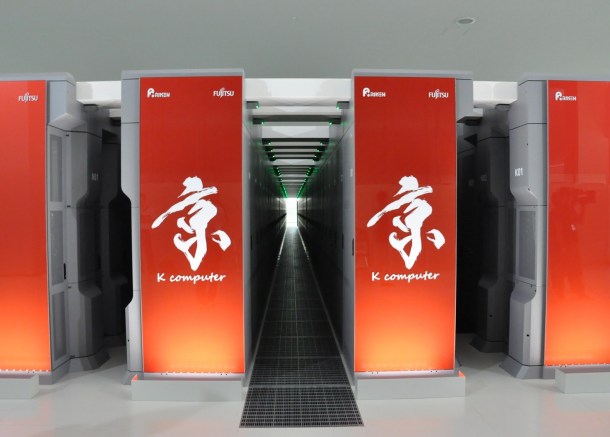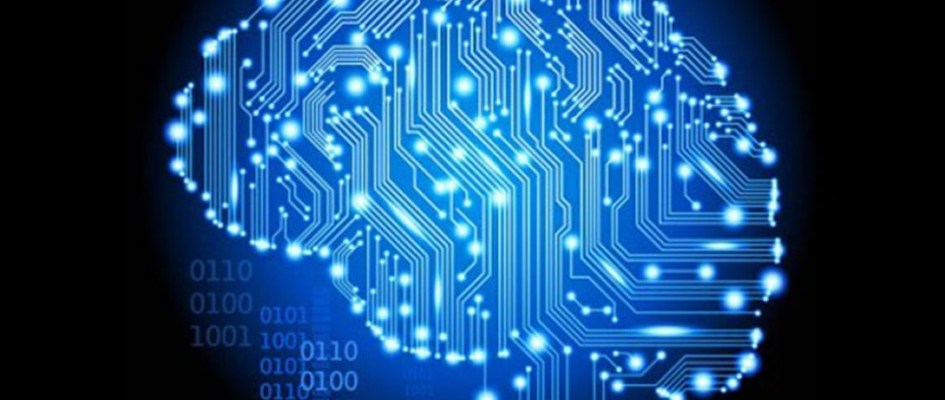How much do we know about the human brain? Several scientific initiatives are specifically aimed at developing a deeper understanding of how the brain works.
The human body on the whole is fascinating, but if there is one part that is even more interesting, it’s the brain. This is our most important organ, the one that controls just about everything that happens in our bodies and that gives unique and extraordinary capabilities to each one of us. The brain is so complicated that now, despite impressive strides in technology, there are still lots of things that we don’t understand about it: we don’t know how much it actually determines personality, whether the need to sleep is to consolidate certain memories, what process and location is for the storage of memories, or how perception works and just what it is.
This lack of understanding of how the brain works has hindered the search for cures for degenerative diseases such as Alzheimer, despite the many attempts to improve quality of life and delay the progress of the disease.
Advances of the K computer in Japan
The good news is that every year, there are new discoveries and advances in technology and medicine that help to understand the brain better. One of the most recent is a supercomputer called the K computer which has managed to model one second of brain activity in just 1% of the brain. And it took 40 minutes to do it.

To get the results, 705,024 processor cores were required, along with 1.4 million GB of RAM, which is to say that if it was possible to build a computer today that was as powerful, as fast and as complex as the human brain, you would need much more space to hold at least 25% more processors and memory than what the K computer is currently using. Nevertheless, this is the fourth most powerful computer in the world.
The project is a collaboration of the Japanese research group RIKEN, together with the Okinawa University of Science and Technology and Forschungszentrum Jülich, a German research centre. They have used open-source technology called NEST (Neural Simulation Technology) to create a network that connects 1.73 billion neurons using 10.4 trillion synapses between them.
What does this discovery mean?
Thanks to this experiment, the team has collected information that will help them create other similar but more powerful software, and also demonstrates that with the next generation of supercomputers, with exascale calculation power, it will be possible to execute a trillion calculations per second.
Some scientists think that these supercomputers will begin to appear in 2020 and that they could create a simulation of the brain in real time, because they estimate that these new computers will have the same capacity as the brain.
What the future holds
With this type of project, and others such as the The Human Brain Project, it may be possible to finally completely understand the brain. This would be a great development in the future, not only because many diseases that are still a serious problem today could be cured, but also because the information that we have stored in our brains could be stored in an external computer, just like the ones we see in science fiction movies.
And the thing is, if humans are the sum of our experiences and memories, and if there was a computer where we could store all of that information, then in a certain way, we could live forever, or at least our ideas and thoughts would never disappear.
Image: Wondergressive









